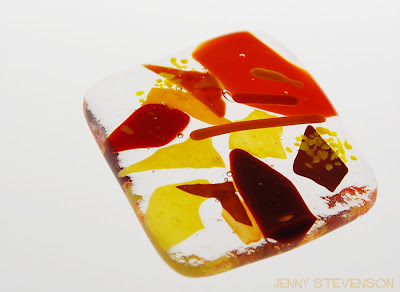So - Why do we need to know about paper grain direction?
Well I want to share some book making tutorials with you - the direction of the grain makes a huge difference when folding paper so it’s important to explain a bit about it first.
I just love paper! When you work in harmony with it you can create some fantastic things but when you try and force it to do something it doesn't want to do it can fight back!
Paper folds much easier with the grain than against the grain. Folding against the grain can cause all sorts of problems such as cracks, warping and curling which makes the finished book lay less flat when it’s closed and open. If you’re making a book where several layers of paper are glued together, the paper grain of all the papers need to run parallel to the spine.
Grain is created by the machinery used to make paper so handmade paper won’t have a grain. Although it has an interesting texture and variety of colours I rarely use it for bookbinding as it tends to crack when folded.
Here is the method I use to determine the direction of paper grain -
it works well for most papers.
1. Lay the paper flat in front of you. Take the left edge over to the right to meet the opposite end of the paper but don’t fold. Press gently with the palm of your hand where it curls. Judge the pressure – does it compress easily or does it have some resistance?
2. Open the paper flat again and turn round 90 degrees. Repeat the process. How does it feel compared to the other way
3. The way that is easiest to compress indicates the direction of the grain. All folds should be parallel to this.
4. If it’s a paper I use a lot I make a note of it so I don’t have to test it every time.
Greyboard is often used to make the covers and it also has a grain – if you are putting hard covers on a book it’s essential that the grain runs parallel to the spine as it can curl and warp when you glue it. You won’t be able to bend it to meet the edges as above but you can tell by bending it gently in your hands, one way will bend more easily. When you find out the grain direction it is best to draw faint parallel lines in the direction of the grain in pencil over the surface so when you get offcuts you can easily see which way up it needs to go.
These are the UK paper suppliers that I know and trust;
Shepherds Book Binders (formerly Falkiner Fine Papers)
Seawhite of Brighton



















































